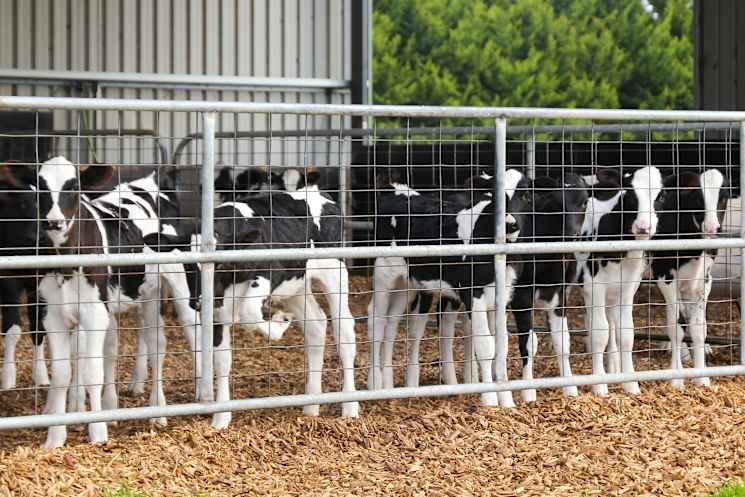
Millions of livestock are travelling into, out of and across Victoria each year and when an emergency happens, Agriculture Victoria needs to know where they are.
Quick traceability means we can contain and eradicate emergency animal diseases and contact livestock owners to assess animal welfare needs when there is a fire or flood. This helps to reduce the impacts on individual farmers and the wider industry.
The database isn't just used in emergencies.
Last year there were 33 million livestock movements recorded in Victoria and the database is used by Agriculture Victoria every day to assist stock agents with tracking consignments and undertaking tracebacks on livestock for national residue survey audits.
There are three parts to Victoria's world class traceability system:
All locations where livestock are kept have a Property Identification Code (PIC). This includes farms and saleyards.
All livestock are identified by a National Livestock Identification System eartag or device.
All livestock movements to a different PIC are recorded in the NLIS database.
Up-to-date records are vital and protecting our livestock industry relies on us all doing our part.
When cattle arrive at your property it's your legal responsibility to ensure the National Livestock Identification System database is updated within two days. This includes cattle on agistment.
The NLIS can be updated by a farmer, a stock agent, a farm manager or contractor.
Cattle tagging and recording of movements are a vital part of our protecting farming industry and wider community.
For more information call th NLIS helpline on 1800 678 779. If your property doesn't have a PIC visit agriculture.vic.gov.au/pic





